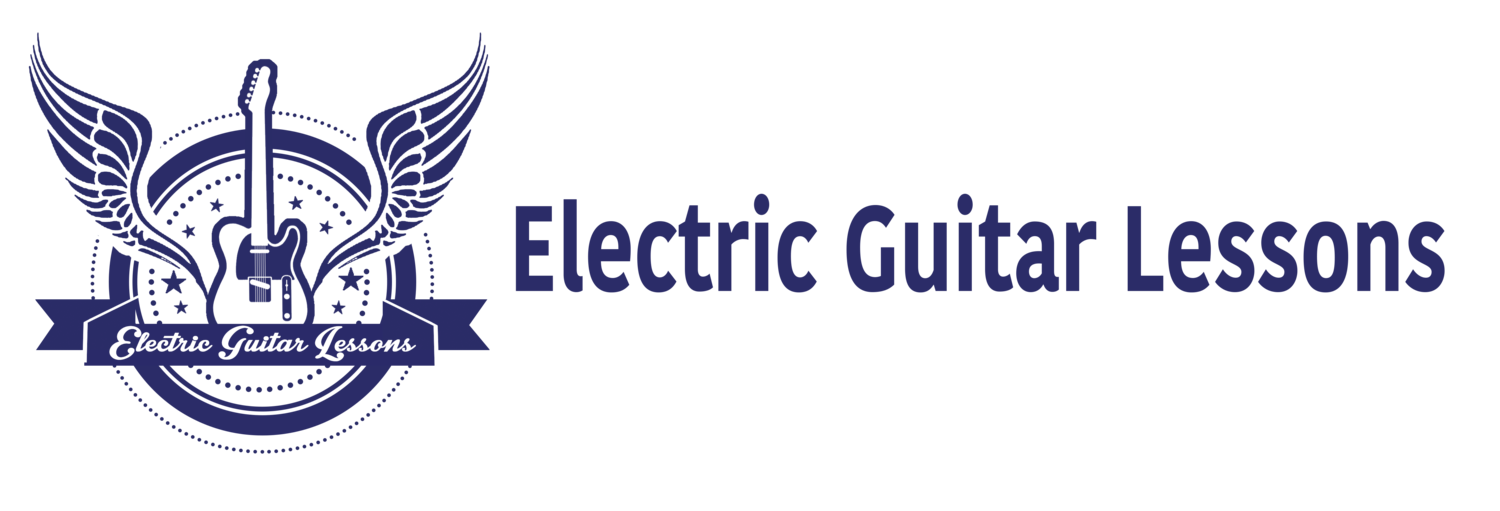3 ways to improve your improvisation right now:
Many guitar players want to work on improvisation, but if you’re like most people, you’re not sure where to start. That can be a long-winded topic, so to keep things short and get you a result right away, let me tell you three things that will massively change your improvisation when implemented.
One more thing to point out before we get started: this is not an article for total beginners; there will be terms in here that you will need background knowledge of. This should be no surprise - as a beginner, your top concern should not be learning to improvise. You will need a basic understanding of rhythm (eighth notes and quarter notes) to make use of this article to its fullest.
We will discuss the 3 concepts:
1) Rubato
2) Call and Response
3) Breathing
Rubato:
Rubato is a great and very versatile concept you can employ in many situations. Rubato is defined as a set amount of time where a strict tempo is disregarded. You will play in free time. If you’re a rock guitar player, a great example of this type of playing would be players like Eddie Van Halen or George Lynch. The basic idea is simple, make what you’re playing unexpected. If you’re playing a fast lick with a constantly stream of notes, pause randomly for a time and don’t focus on the rhythm, which will create a cool delay effect. If you’re playing a lot of slower notes, play a quick line of not evenly spaced out beats. This will add character and interest to your guitar phrases.
Call And Response:
Call and Response is a pretty well-known subject, but still worth talking about if you’re new to improvisation. The concept is very simple - create a guitar phrase, it can be anything you like. Then set up an opposing guitar phrase that is the response to the first one. It’s like having a conversation with your guitar. Generally, these phrases would be similar, but would be made using variations. You could add in bends, change around a couple of the pitches, or alter the rhythms. The options are endless; the main thing to remember is that they should have some sort of similarities to make them sound like they relate to each other and aren’t just two totally unrelated concepts.
Breathing:
The first question most of my students ask after I say this is what does guitar have to do with breathing. Well, I’m glad you asked. The fact is, it has nothing to do with guitar, and that’s the problem. When a musician plays an instrument that requires breathing (trumpet, clarinet, saxophone) there are natural stopping spots. For guitar, no breath is needed, so many guitar players will just keep stringing straight eighths or 16ths together. Making sure to make time to stop playing or create space between your phrases will make your playing instantly sound better. The easiest thing to do is act like another instrument. Breathe, and when you need to breathe again, stop playing.
About The Author
————————-
Chris Glyde is a dedicated guitar instructor based in Rochester New York. He has a myriad of guitar lesson options including an invitation only improvisation class.


